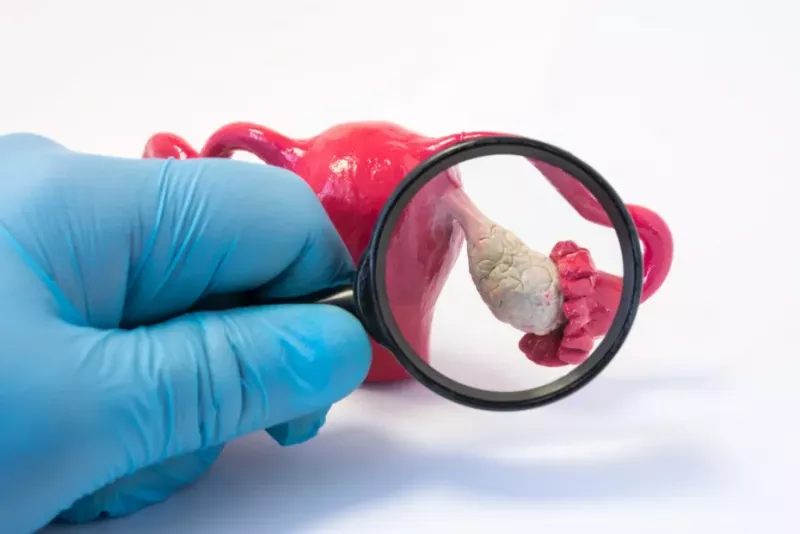The last half century has seen incredible advances in the field of reproductive sciences that have the potential to change the quality of life for everyone.

Let's start with ovary cortex transplantation variants, where the roughly 1-2 mm thick cortex layer of an ovary is harvested and then preserved in negative triple-digit degree Celsius temperatures. For this example, I'd like to focus your attention on a pair of 37-year-old female identical twins; one twin had been diagnosed with "Turner syndrome who had suffered premature ovarian failure (POF) at the age of 15". By the time of the procedure, the other twin had given birth to 2 children. Doctors were able to transplant an ovary cortex from one twin to the other, thus enabling the POF twin to successfully give birth to her own child in 2011.

Read Also: The Reason You Shouldn't Charge Your iPhone To 100%
Flash forward to 2019, where a 36-year-old twin brother passed a ball to his identical twin born without testicles, and for the symmetry of this post, the newly minted Uni-ball then goes on to father a child. The procedure was rather intense and time-sensitive, but the important thing here is that the proof of concept works for both sexes.
Both procedures had a predicted high rate of success because both procedures involved identical twins, so organ rejection was minimized; and since no one is more identical than one's own self, all these reproductive science advancements open the door to a whole new set of options for all of us.
Medical advances have moved so far forward that one could remove an ovary cortex/testicle, and freeze it for a later date, say after completing soft tissue ravaging chemotherapy. A reversal of menopause syndromes has been recorded after patients successfully completed an ovary cortex re-graft, so a similar type of result should be true for men as well.




